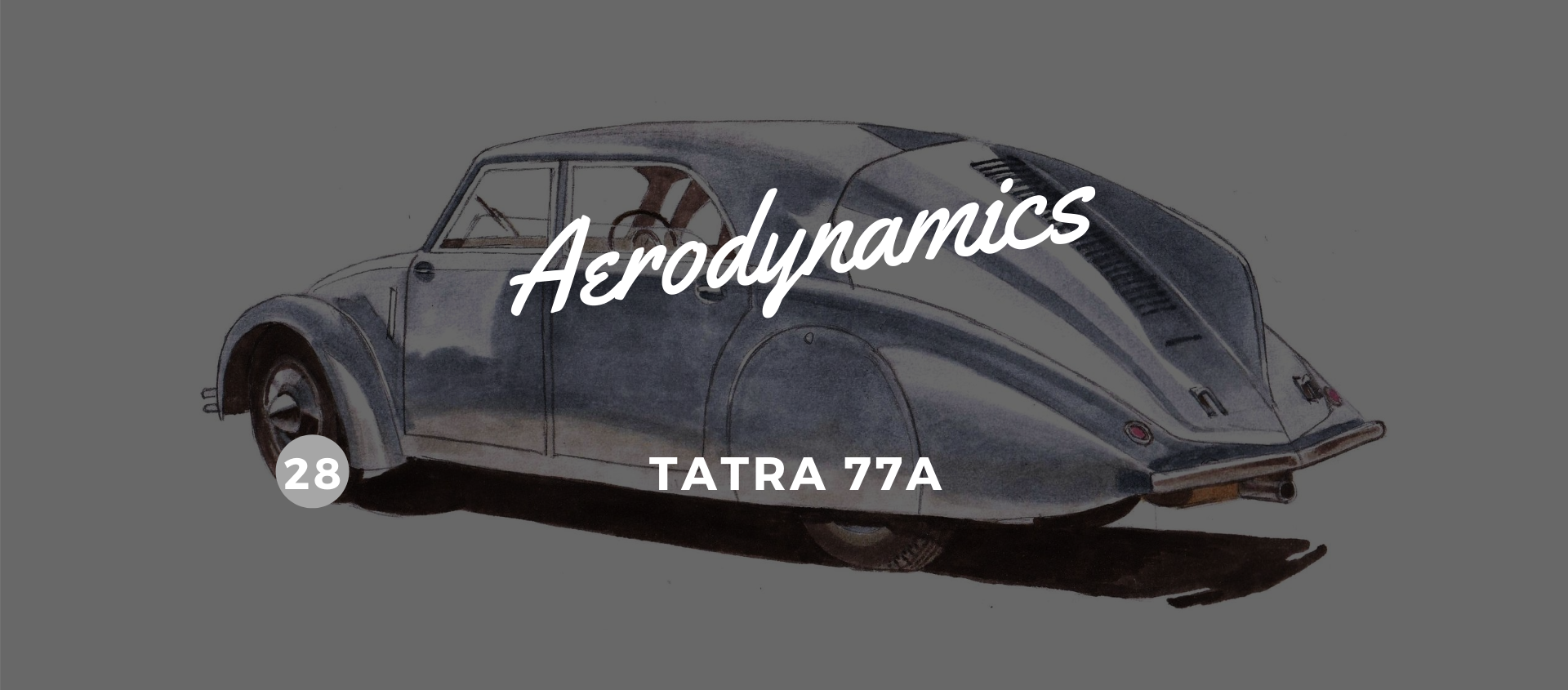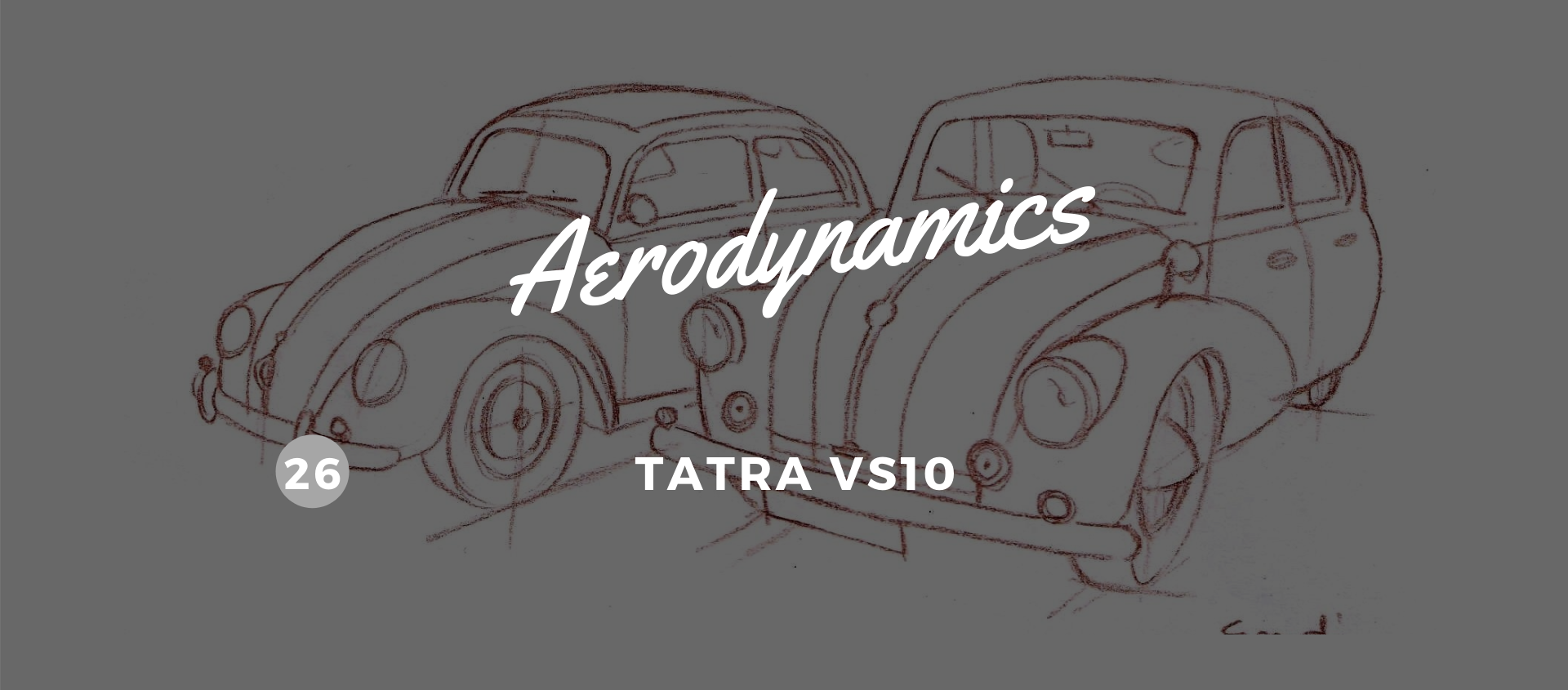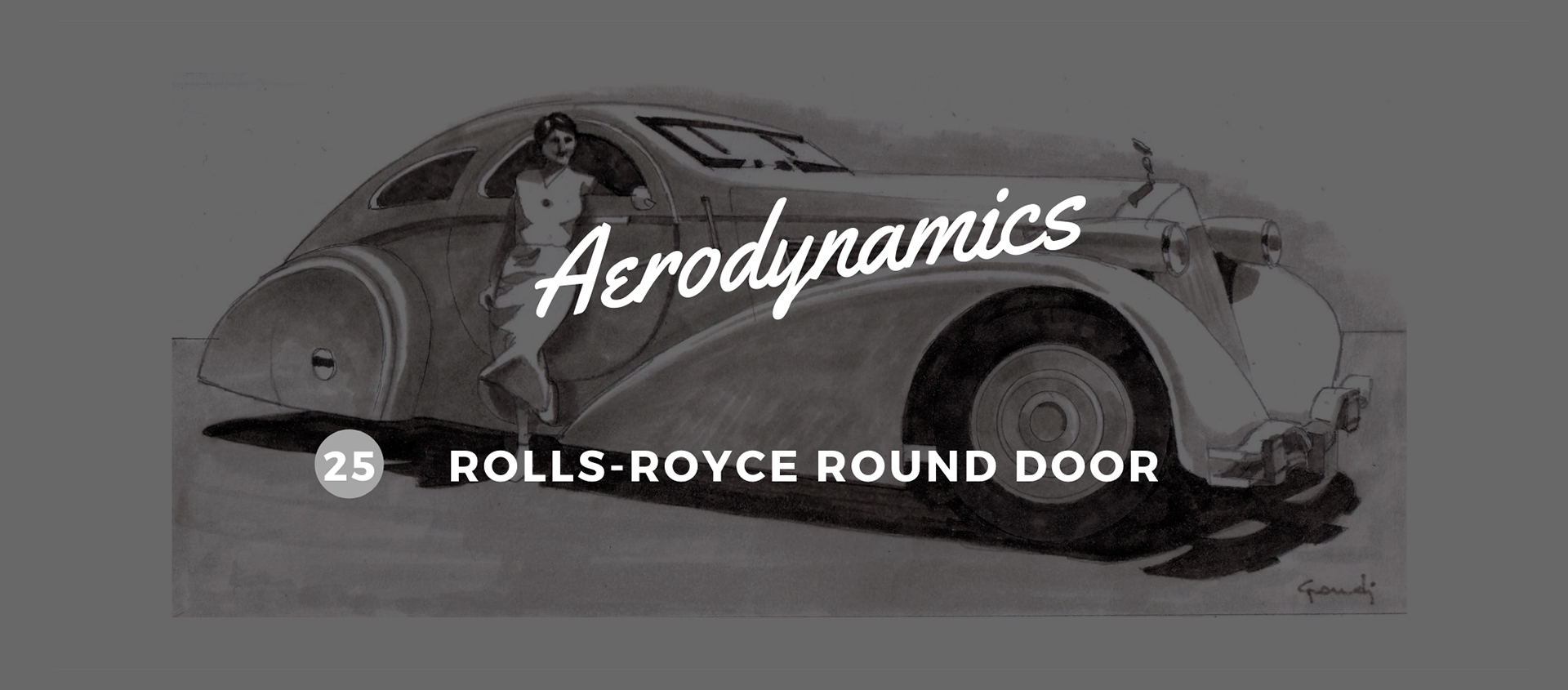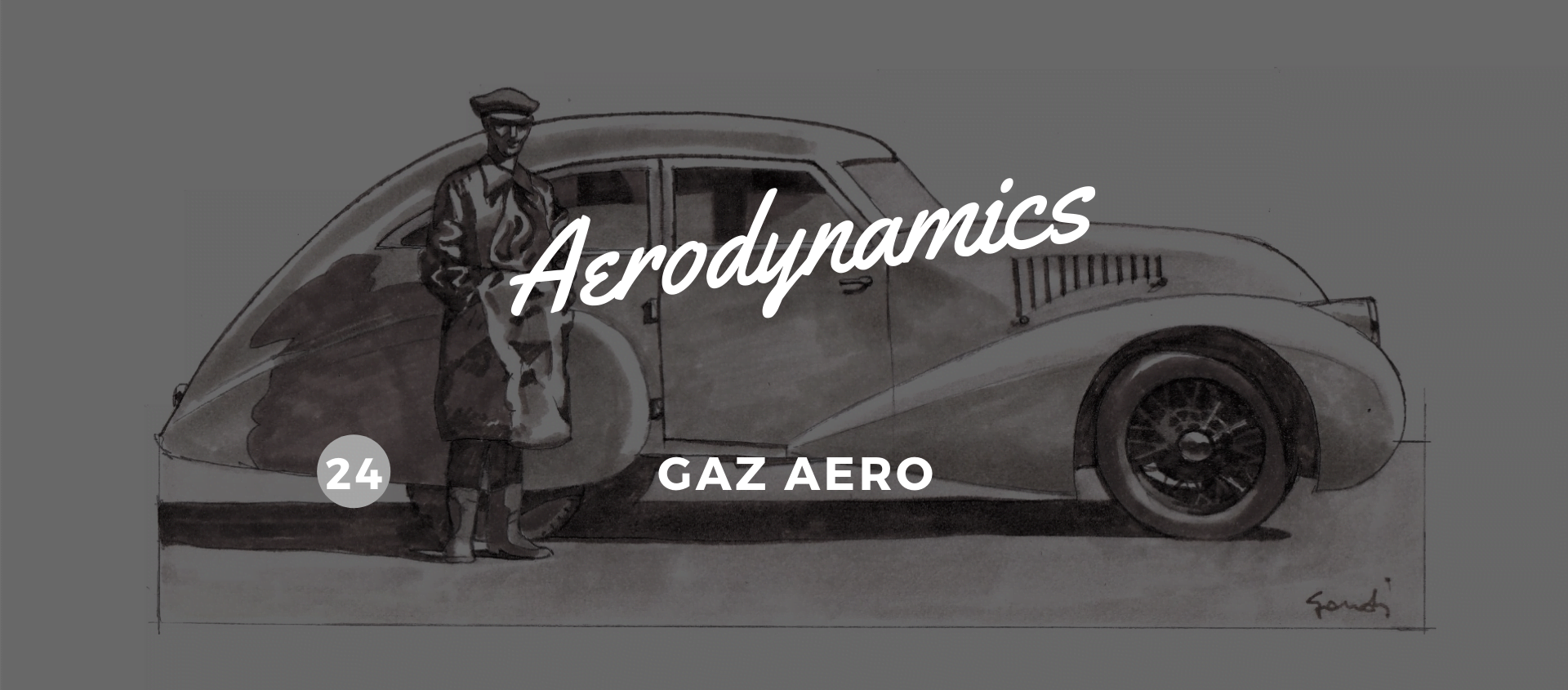Applying intelligence to invention
17 August 2020 1 min read 4 images

The Czechoslovakian car maker Tatra was the first in the world to make aerodynamic lines its hallmark. But it would be a big mistake to focus only on this aspect of the work of the company’s true architect, engineer Hans Ledwinka. He, a natural innovator, chose to be flanked by the brilliant streamlining theoretician Paul Jaray. In his role as technical director, Ledwinka built on Jaray’s earliest experiments, such as the 1932 prototype T51, in order to rationalize and modernize the cars built by the firm: having already adopted brakes on all four wheels, he introduced the rear-mounted engine, positioned behind the rear axle, which allowed him to lower the floor, thereby creating more space for the vehicle’s occupants.
Register to unlock this article
Signing up is free and gives you access to hundreds of articles and additional benefits. See what’s included in your free membership. See what's included in your free membership.
Already have an account? Log In


